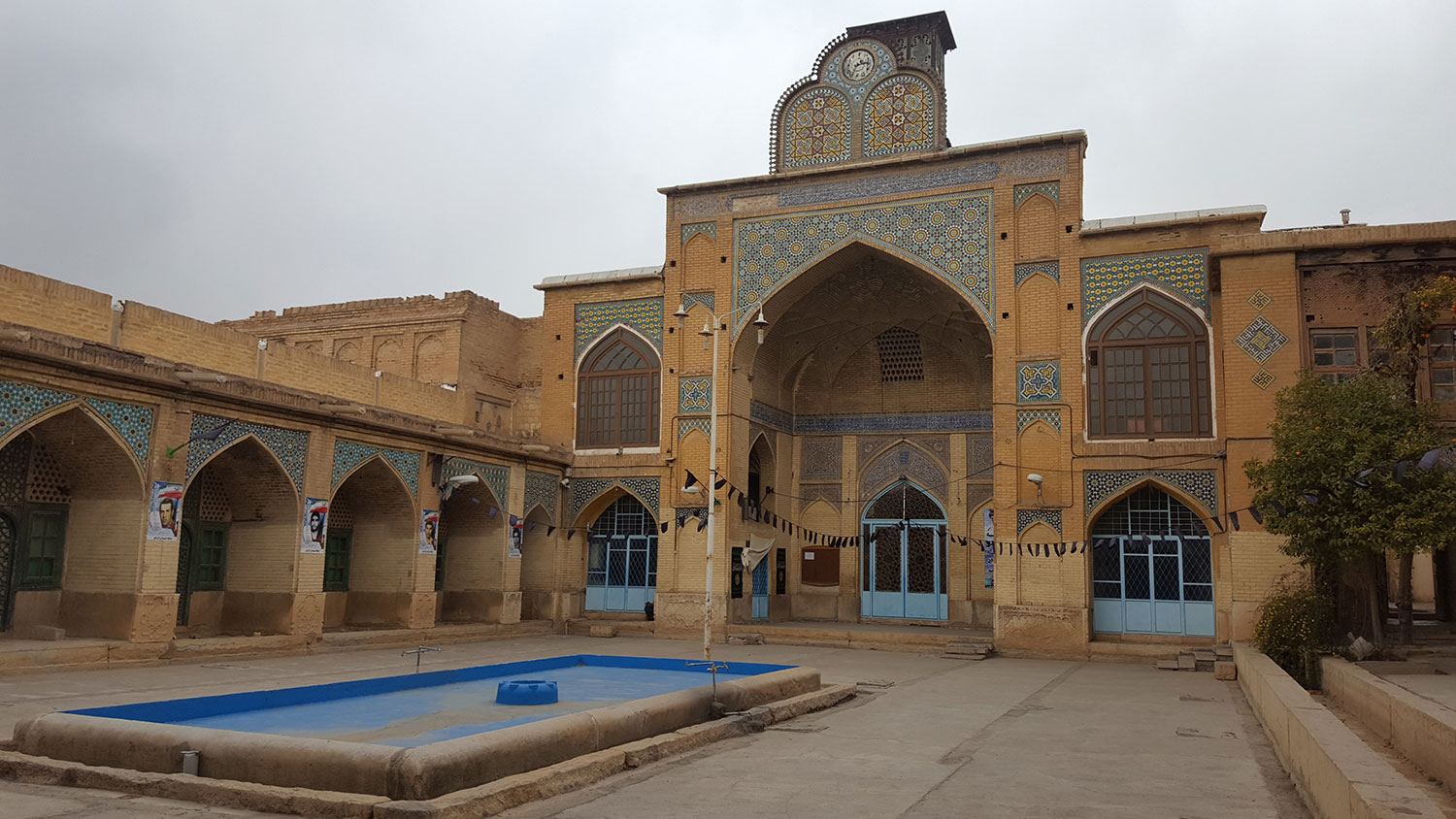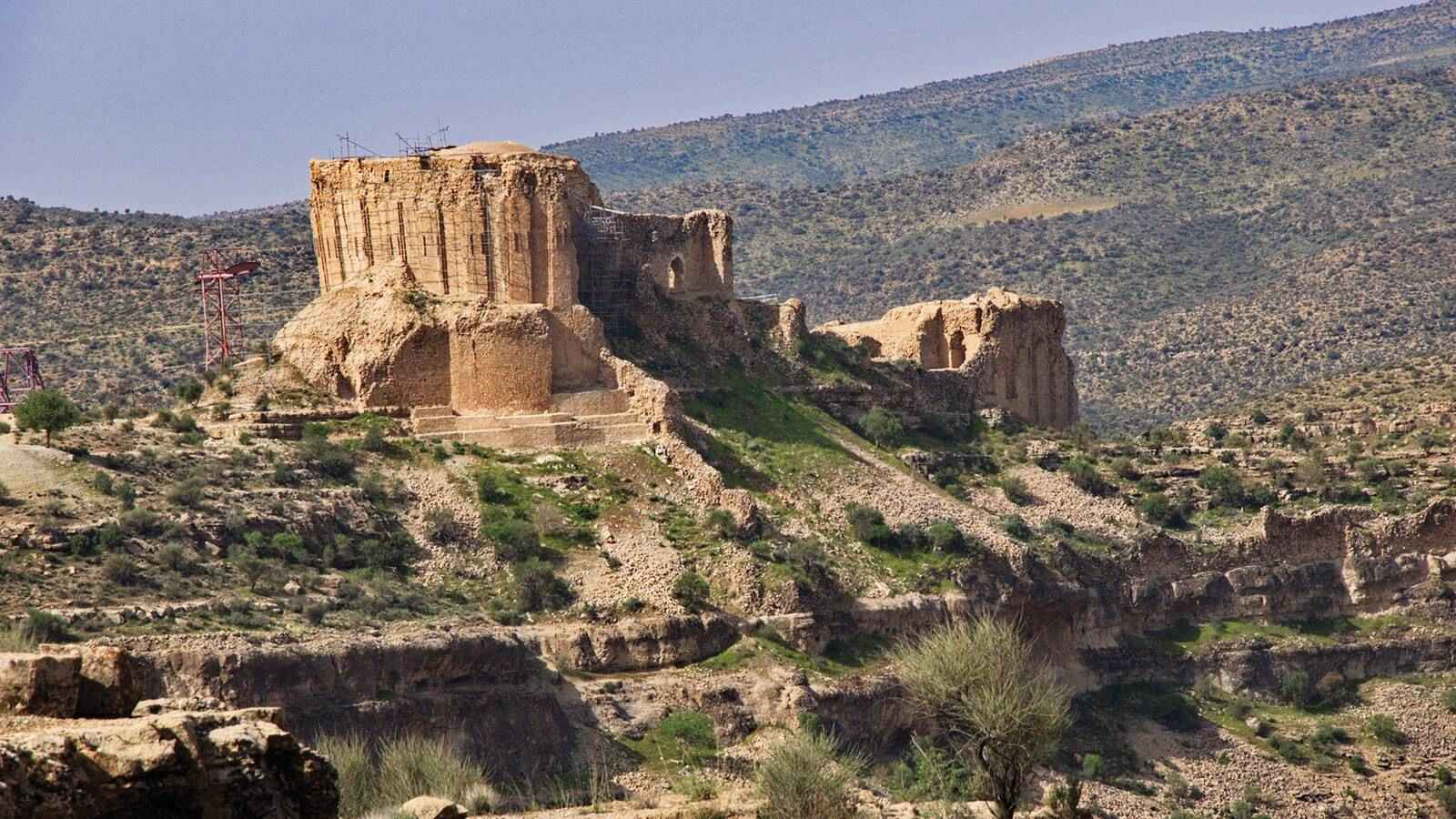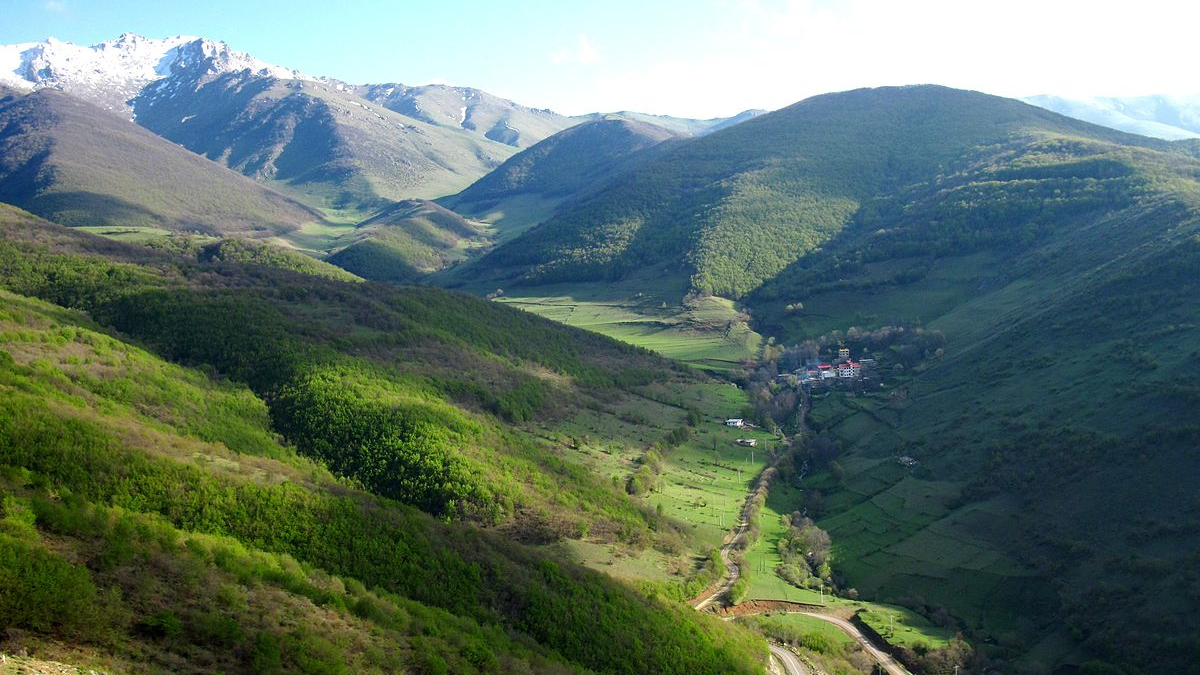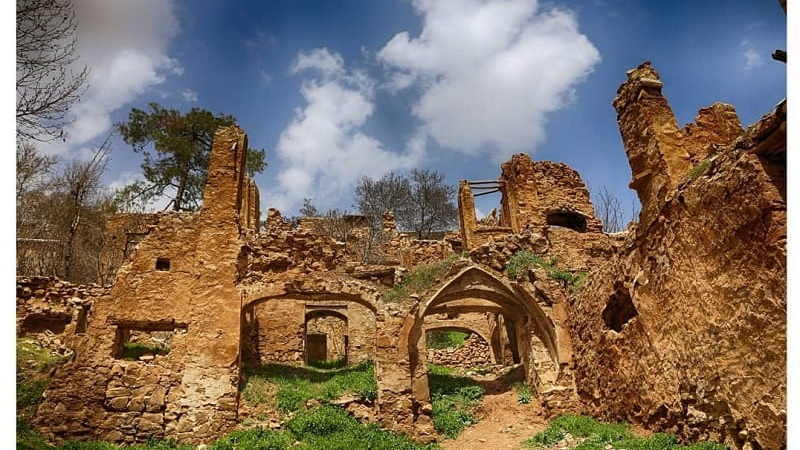
The Tomb of Sheikh Mahmoud Shabestari
The tomb of Sheikh Mahmoud Shabestari, which is located in a garden called Golshan, has been built according to the traditional Iranian and Islamic architecture and in the form of a ring and his grave is located where a gem is usually placed in a ring.
Two pieces of Nasta’liq marble inscription are installed on the graves and in the garden of the tomb. There are several exquisite carved stone pieces in the garden, two of which are in the shape of a box and one is a Mogharnas stone base.
In addition to the tomb of “Bahauddin Yaghoub Tabrizi”, this complex, which is built in the form of a cultural and artistic complex, comprises a specialized public library of Islamic literature and mysticism, art education classes, a conference hall, a traditional teahouse, a guesthouse, etc.
The “Golshan-e Raz” mathnavi is Sheikh Mahmoud Shabestari’s most important and famous work of poetry, which is replete with philosophical, theological and wisdom themes that has been translated into different languages.
| Name | The Tomb of Sheikh Mahmoud Shabestari |
| Country | Iran |
| State | East Azerbaijan |
| Type | Religious |
| Registration | National |



Tomb of Sheikh Mahmoud Shabestari
Shabestar is one of the cities of the East Azarbaijan Province of Iran, which has many natural landscapes and houses many historical sites, one of which is the tomb of Sheikh Mahmoud Shabestari.
Who Was Sheikh Mahmoud Shabestari?
Sa’d al-Din Mahmoud bin Abd al-Karim ibn Yahya, popularly known as Sheikh Mahmoud Shabestari was an Iranian mystic and poet who was born in the then Shabestar Village in 678 AH (1279 AD). Despite the fact that Sheikh Mahmoud’s life was not long and lasted only 33 or 38 years, he became famous for composing mystical poems that are known as “Golshan-e Raz” (lit. The Secret Rose Garden). He also had a hand in other sciences of his time and has left behind other works in verse and prose.
Shabestri had a short stay in Kerman where he got married there and had children who later on formed a clan called Khawajgan in that area. Sheikh Mahmoud spent the last years of his life in Shabestar.
Sheikh Mahmoud has expressed his mystical thoughts in the form of about two thousand verses of poetry compiled in “Golshan-e Raz”. Although this work is not very large, it is known as one of the treasures of Persian mystical literature. Like the works left by great personalities of Persian literature such as Rumi and Attar, the language used in Golshan-e Rza for expressing mystical and philosophical points is allegorical. Being a valuable collection, Golshan-e Raz has been translated and published in several languages. Many commentaries have also been written on this collection and some works have also been by following the style used in Golshan-e Raz.
Features of the Tomb of Sheikh Mahmoud Shabestari
Sheikh Mahmoud Shabestari is a renowned Iranian mystic and writer, and his tomb is visited by many lovers of Iranian literature and culture every year. This tomb was built in the Timurid era (1370 to 1506 AD).
It has been recorded that the construction of the tomb on Sheikh Mahmoud Shabestari’s grave had taken place on the direct order of Tamerlane in 1378 AD (780 AH). The construction and architectural style of the building is based on the Iranian-Islamic style.
Several restoration operations have been carried out, including the one sponsored by “Haj Mirza Aghasi” during the Qajar era (19th century). The grave of Bahauddin Yaqub Tabrizi, another mystic of Shabestar, is located next to the grave of Sheikh Mahmoud in this tomb. The tombstones of both graves are made of marble and were installed in 1850 AD. On his tombstone, the year of Sheikh Mahmoud’s demise is mentioned as 1320 A.D, which denotes that contrary to the popular narrative, he must have lived for about 50 years!
Some carved stones can be seen in the courtyard of the mausoleum, three of which are quite interesting. Two of these carved stones look like a box and the third one has a muqarnas base. The Tomb of Sheikh Mahmoud Shabestari has been converted into a cultural and literary complex comprising a public and specialized library in the field of Islamic literature and mysticism, and a conference hall. Recreational facilities are also available for visitors to this complex.
In general, the mystical atmosphere of this complex is such that it invites visitors interested in Iranian-Islamic culture. Being located in the heart of today’s Shabestar City, the Tomb of Sheikh Mahmoud Shabestari is easily accessible.
This Tomb was inscribed on the list of Iran’s national heritage in the year 2001.
Sa’d al-Din Mahmoud bin Abd al-Karim ibn Yahya, popularly known as Sheikh Mahmoud Shabestari was an Iranian mystic and poet who was born in the then Shabestar Village in 678 AH (1279 AD).
| Name | Tomb of Sheikh Mahmoud Shabestari |
| Country | Iran |
| State | East Azerbaijan |
| City | Shabestar |
| Type | Religious |
| Registration | No registration |
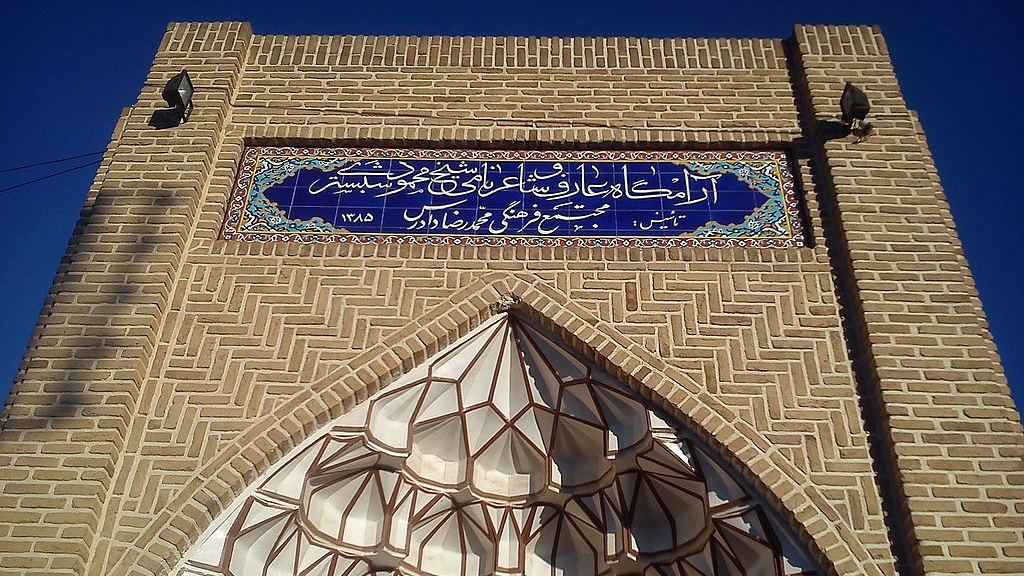
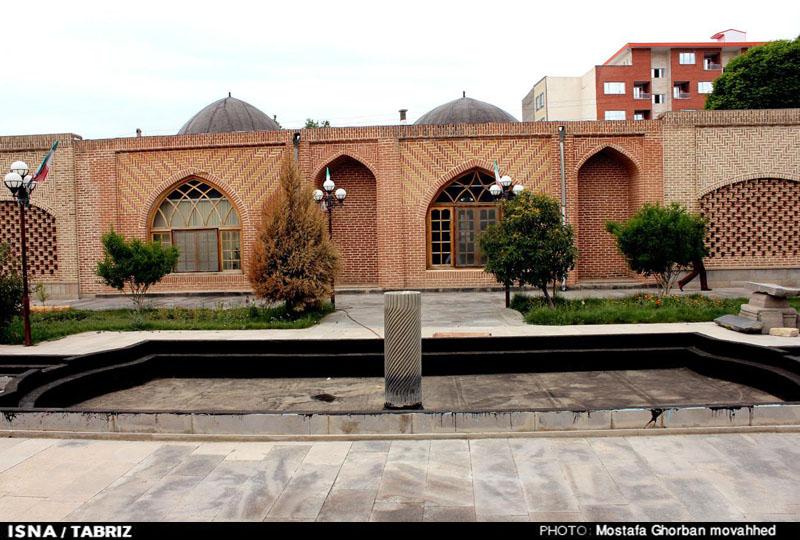
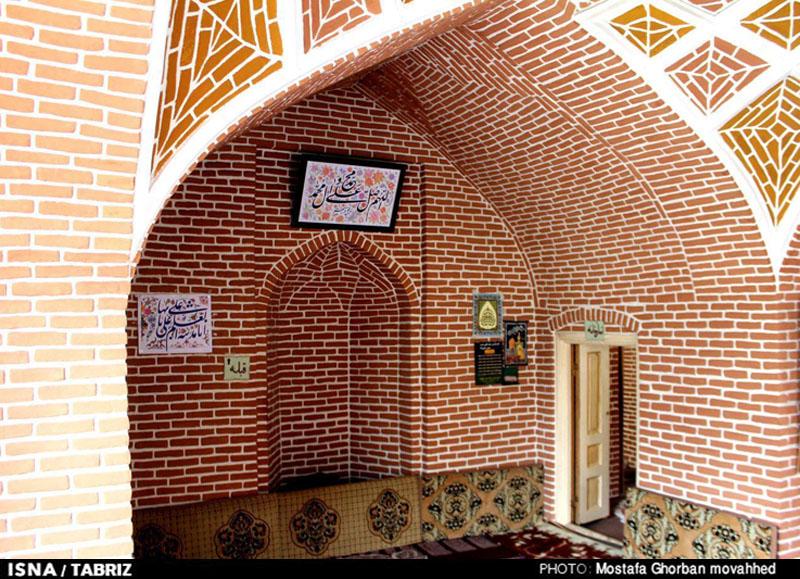
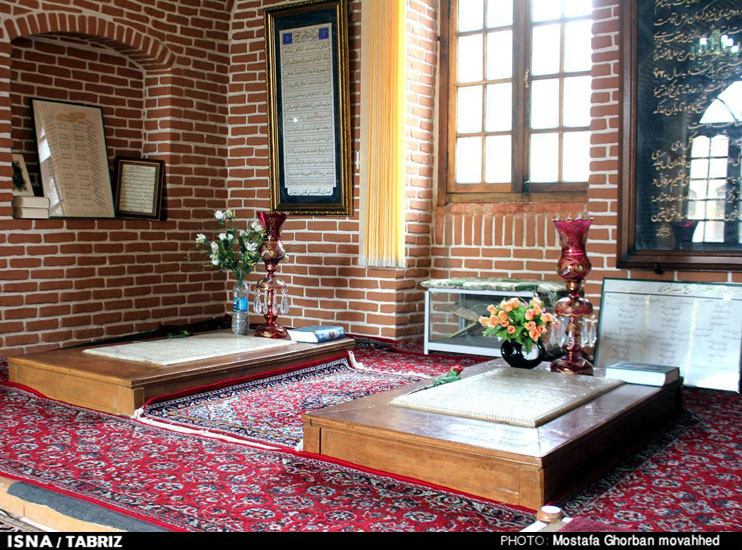

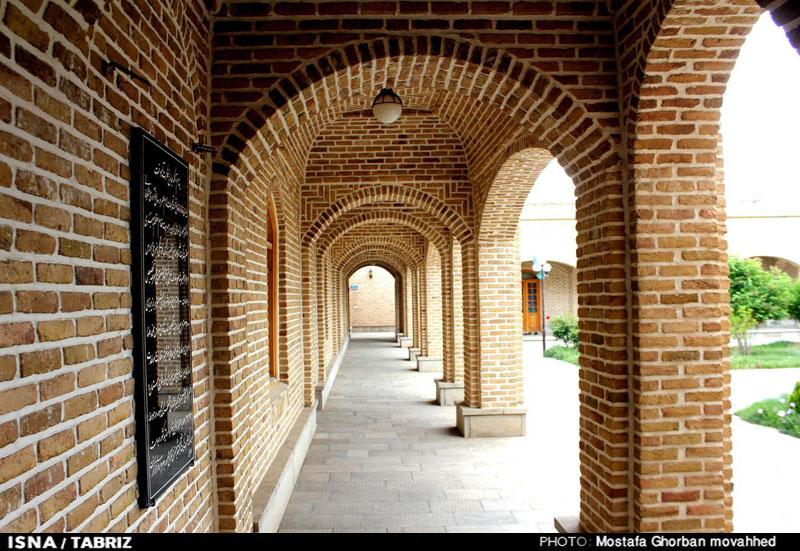
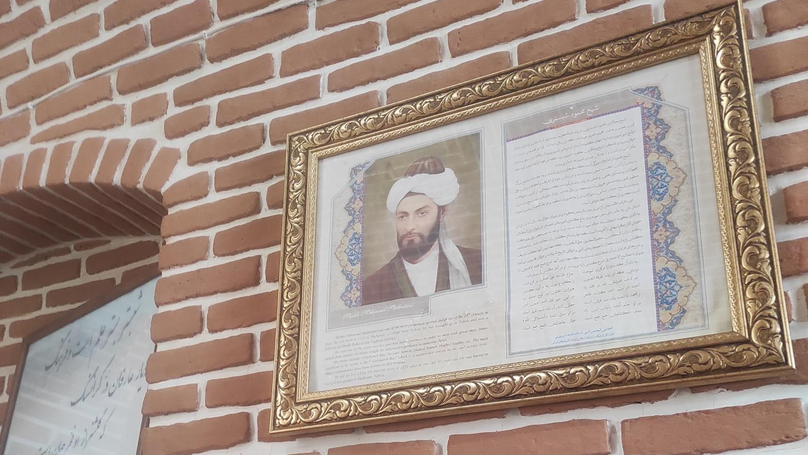







Choose blindless
Red blindless Green blindless Blue blindless Red hard to see Green hard to see Blue hard to see Monochrome Special MonochromeFont size change:
Change word spacing:
Change line height:
Change mouse type:
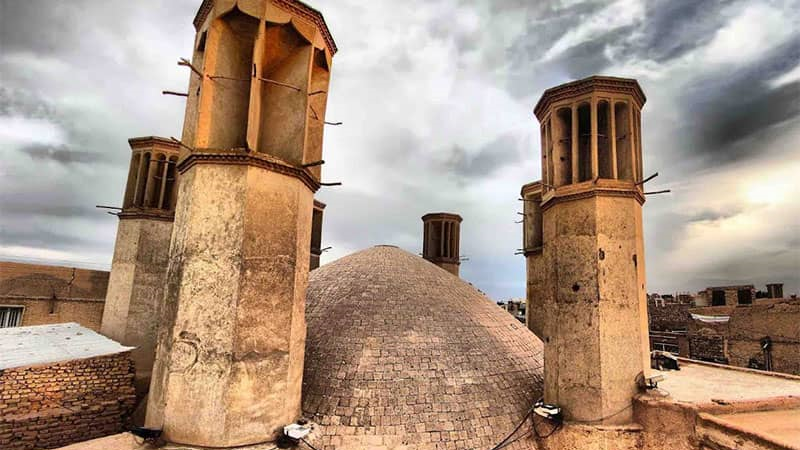
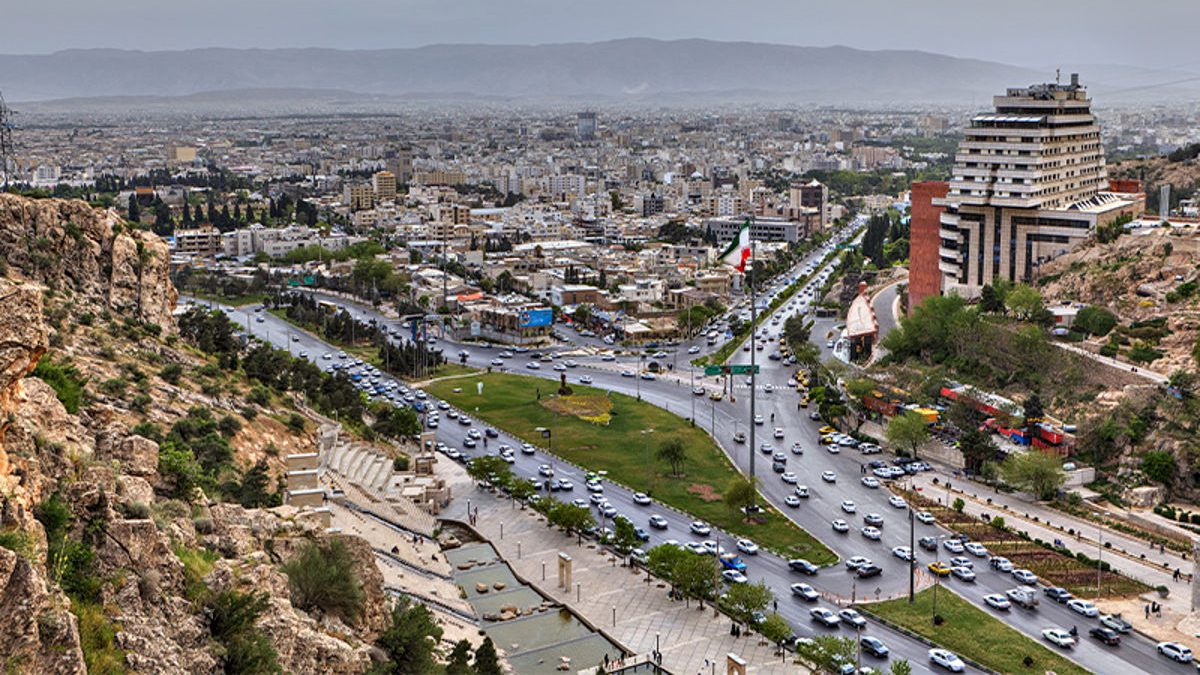
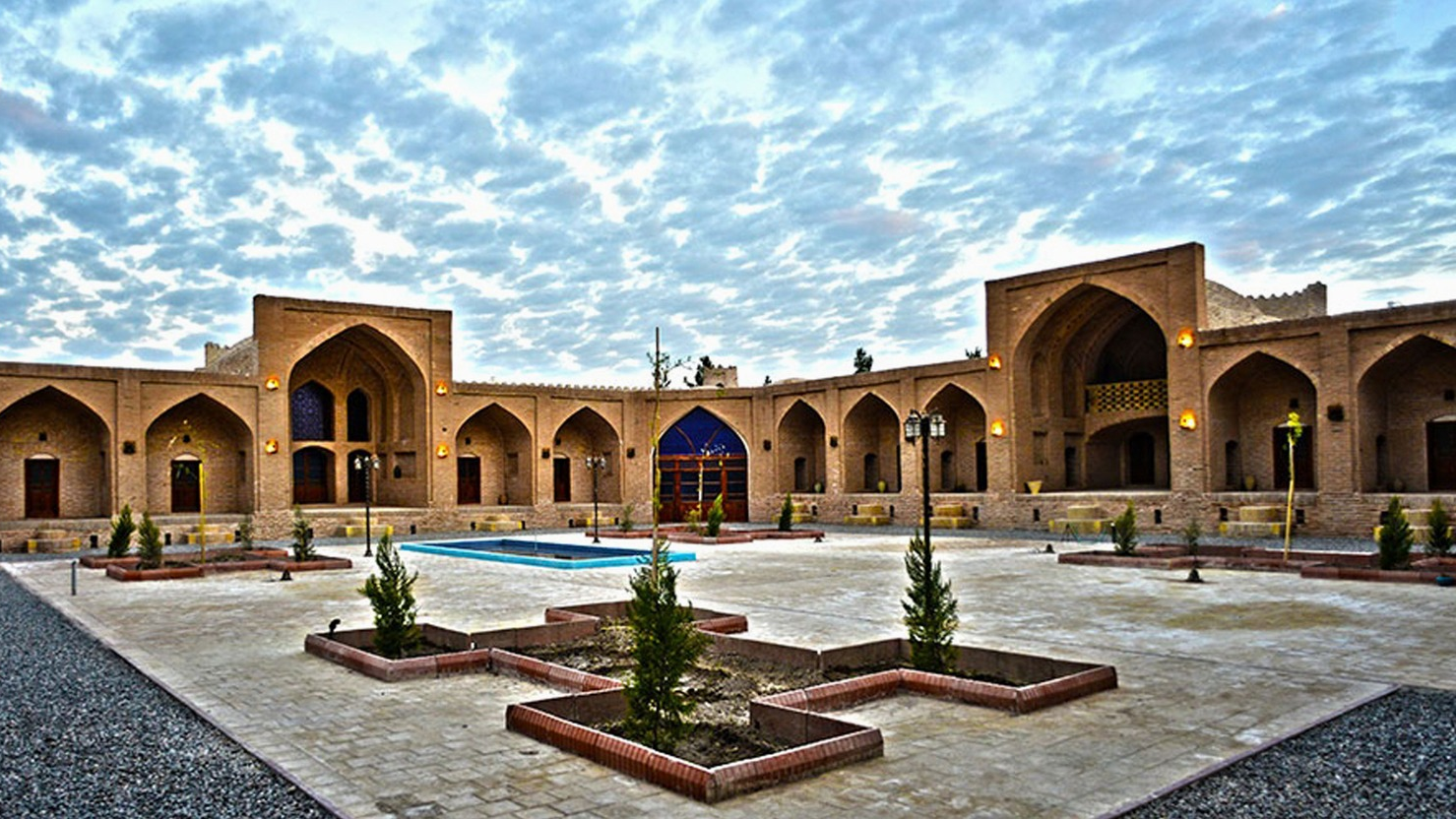
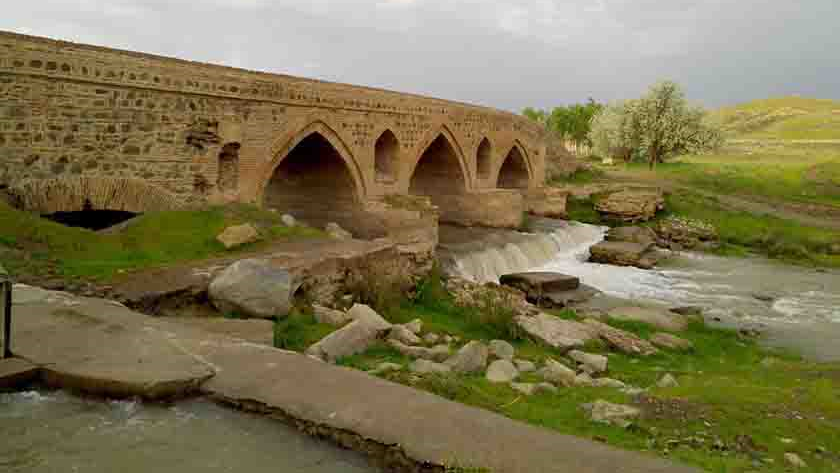
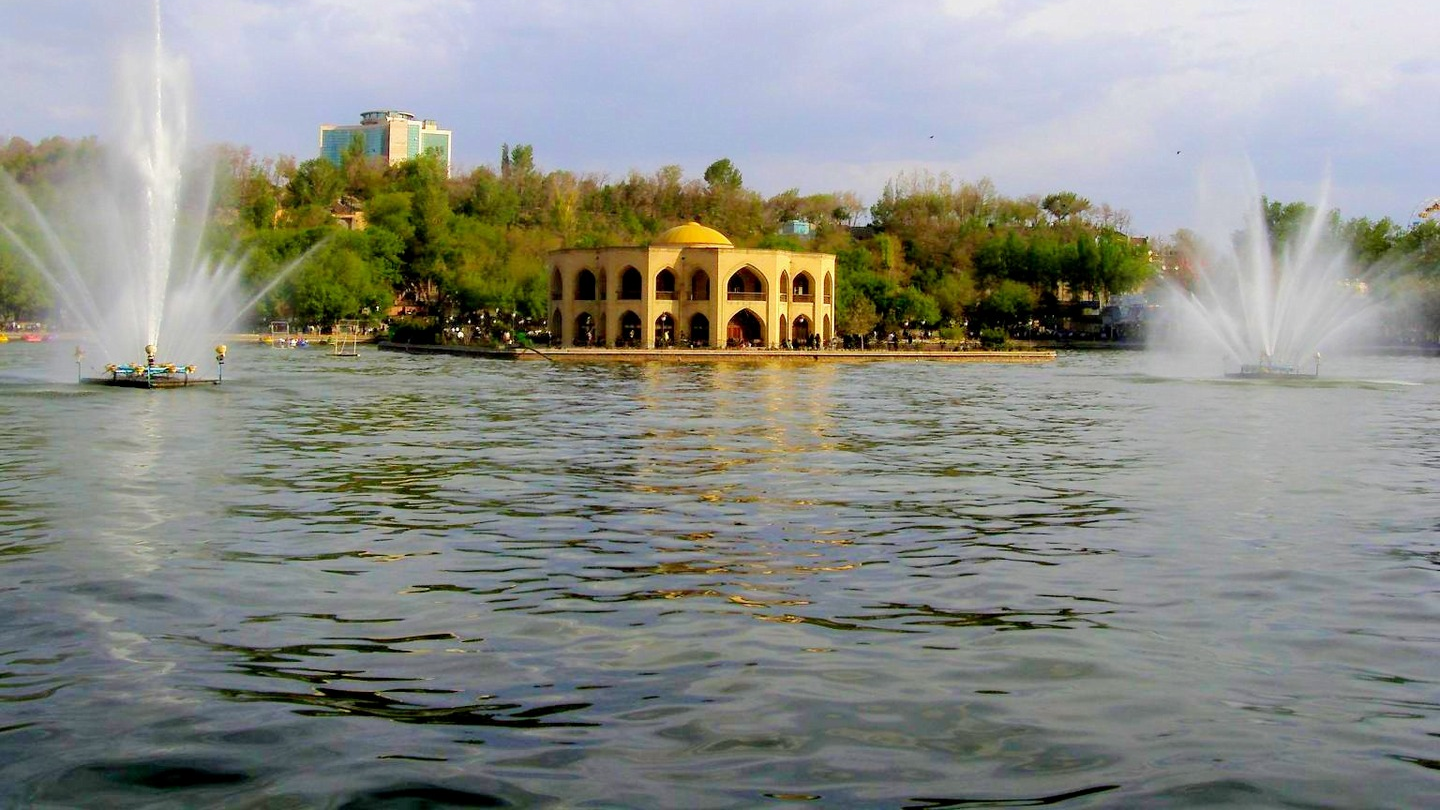

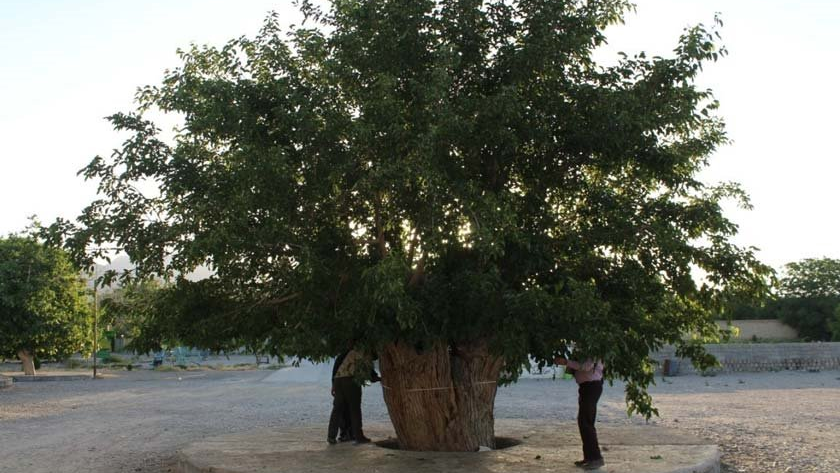
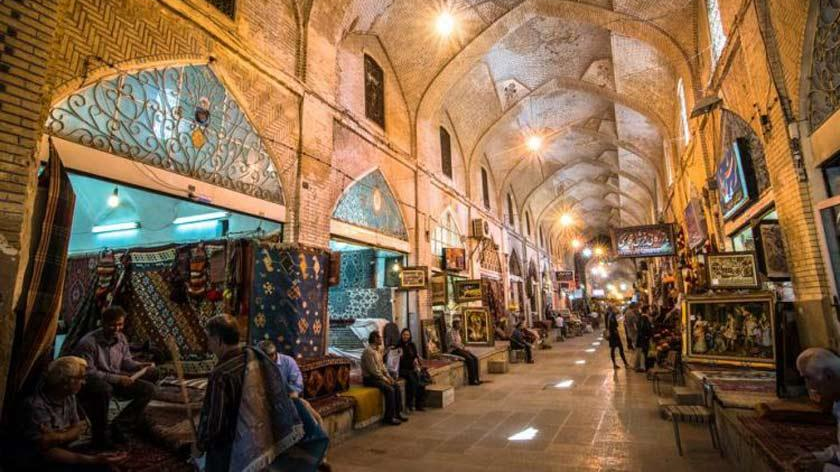
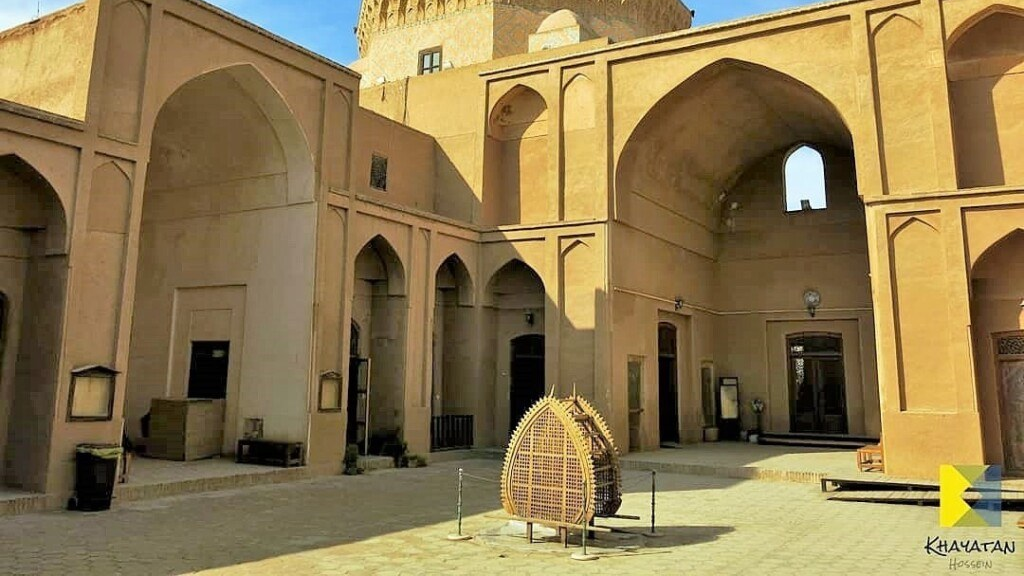

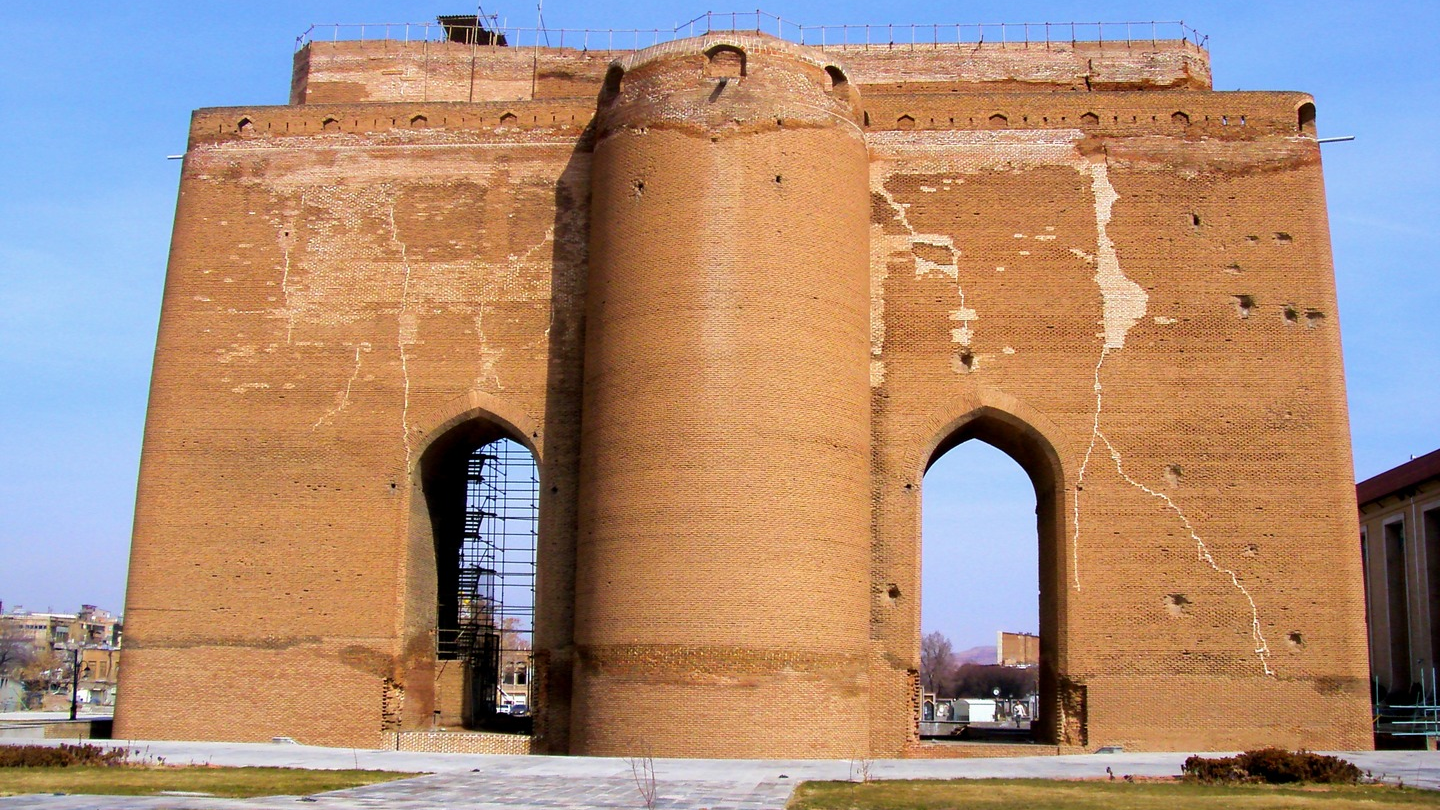
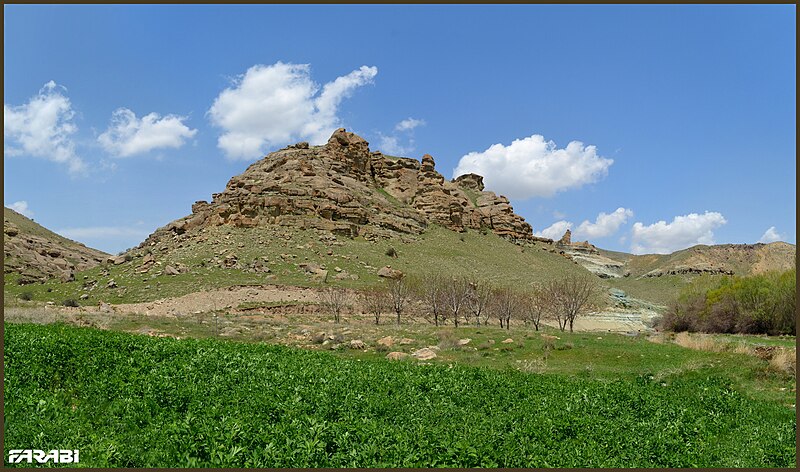
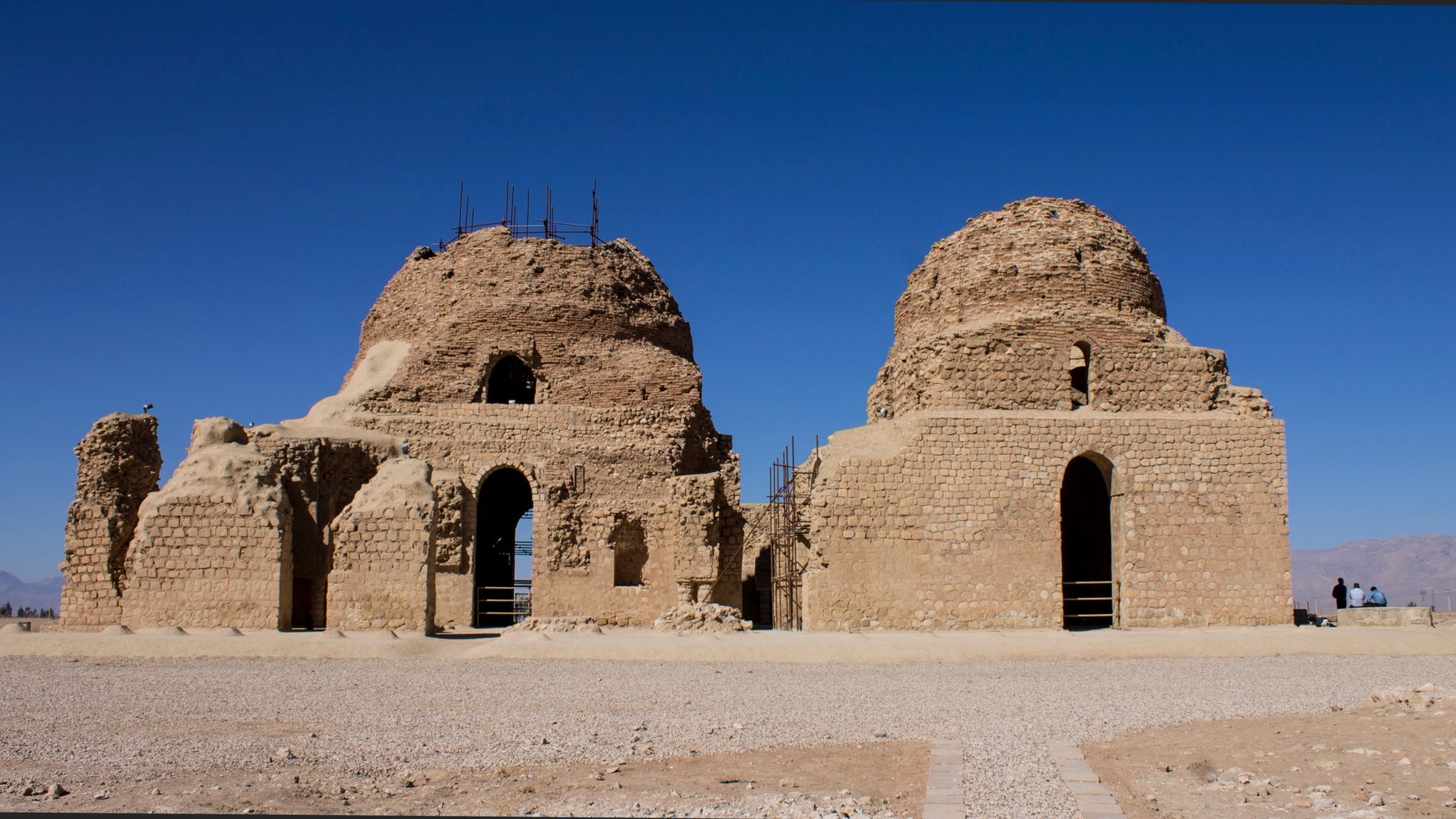


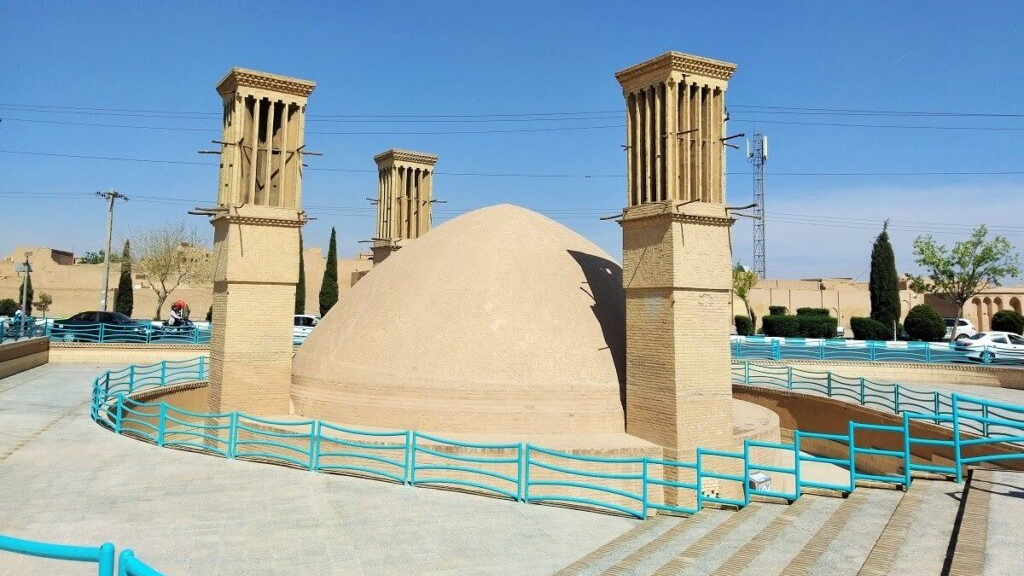
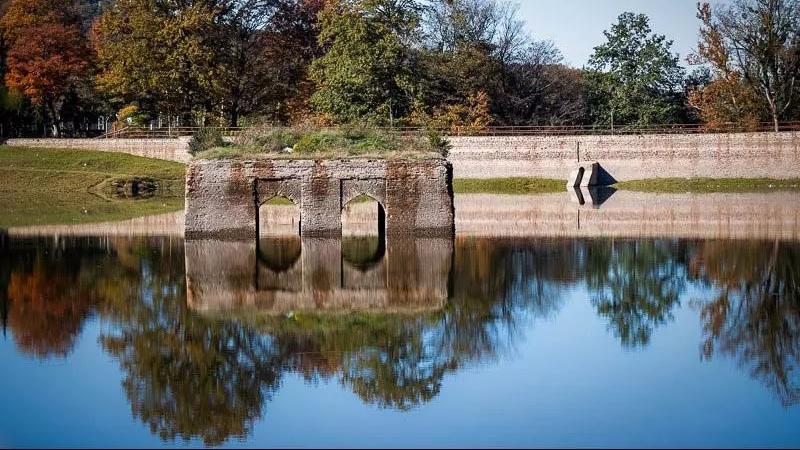

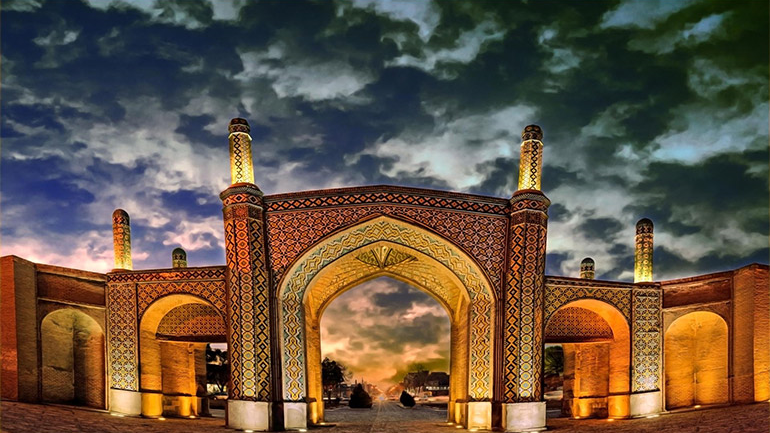
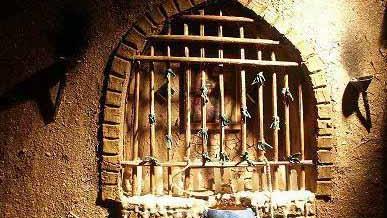
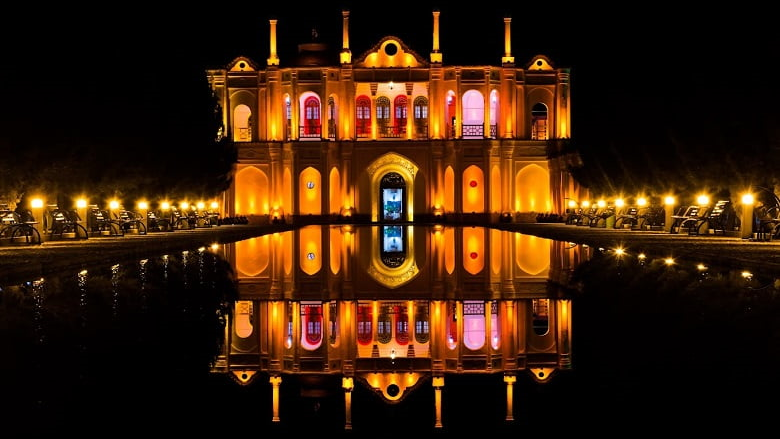
.jpeg)

